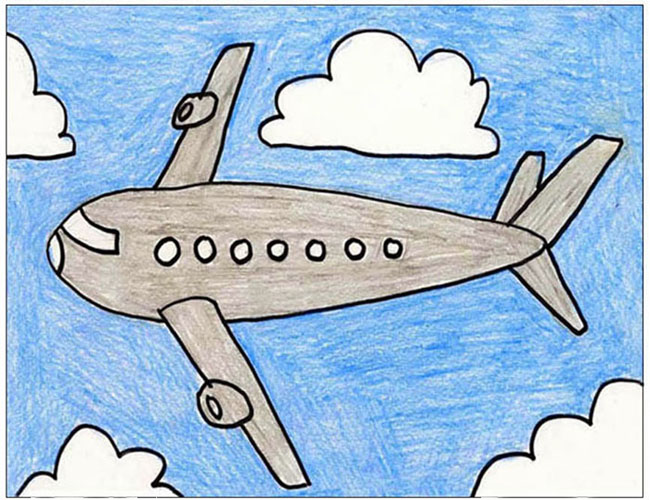
If you had a coherent set of accurate drawings showing how to make each part, and how to put each assembly together, then you could rely upon skilled workers at disparate factory locations to produce components whose dimensions complied with design tolerances. The answer is pretty simple it all came down to the quality of the manufacturing drawings which the aircraft company engineers created during their design process. Some companies, such as Ford, even had their own aircraft assembly lines, like the one in Willow Run, Michigan which built B-24 Liberators.īut have you ever wondered how it was possible to have such a prolific output of high quality aerial machinery when each aircraft assembly line received component parts from so many different independent subcontractors? How was it possible for all of those many thousands of parts to fit together properly in such a repeatable fashion?


Indeed, much of America’s entire manufacturing base was involved in this effort – from small ma and pa furniture shops to industrial giants like Ford and Chrysler – whether they were making map cases or wing panels. They had to subcontract out the bulk of this work once a design received an order for full-scale production. assembly lines during the entirety of 1940. While aviation companies such as Boeing, Douglas, Curtiss and their like would design the aircraft, and put them together at their factories, it was simply impossible for them to both make all of the components and subassemblies on site and keep up with production demand. The American aircraft industry produced just under 300,000 aircraft between 19, a staggering feat by any measure, especially considering that just 3,600 rolled off U.S.

But before we discuss this find, it is perhaps first worth reflecting upon what it represents… Just a few of the thousands of WWII-era North American Aviation aircraft manufacturing drawings which Ken Jungeberg saved. This is a remarkable development, and all due to a lone engineer at NAA named Ken Jungeberg who had the foresight to save these drawings when they were days away from destruction at North American’s plant in Columbus, Ohio during the late 1980s. Massive Trove of Original NAA Aircraft Drawings Saved!ĪirCorps Aviation of Bemidji, Minnesota has just announced that they have acquired a massive trove of original manufacturing drawings for North American Aviation (NAA) covering types such as the P-51, T-6, B-25 and P-82.


 0 kommentar(er)
0 kommentar(er)
